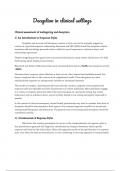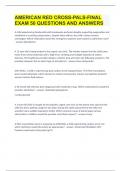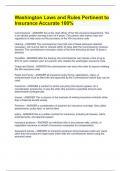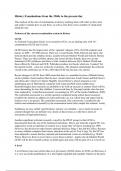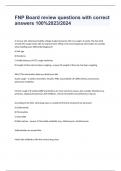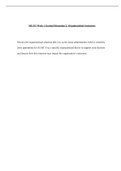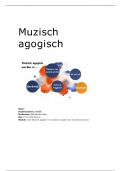Samenvatting
Deception in Clinical Settings - A summary (2021/2022) [PSB3E-M13]
- Instelling
- Rijksuniversiteit Groningen (RuG)
A summary for the course Deception in Clinical Settings (2021/2022). This document consists of summaries for Chapters 1, 5, 11, & 13 for the required book (Clinical Assessment of Malingering and Deception). It also contains summaries for the articles that were relevant to the syllabus at the time....
[Meer zien]
